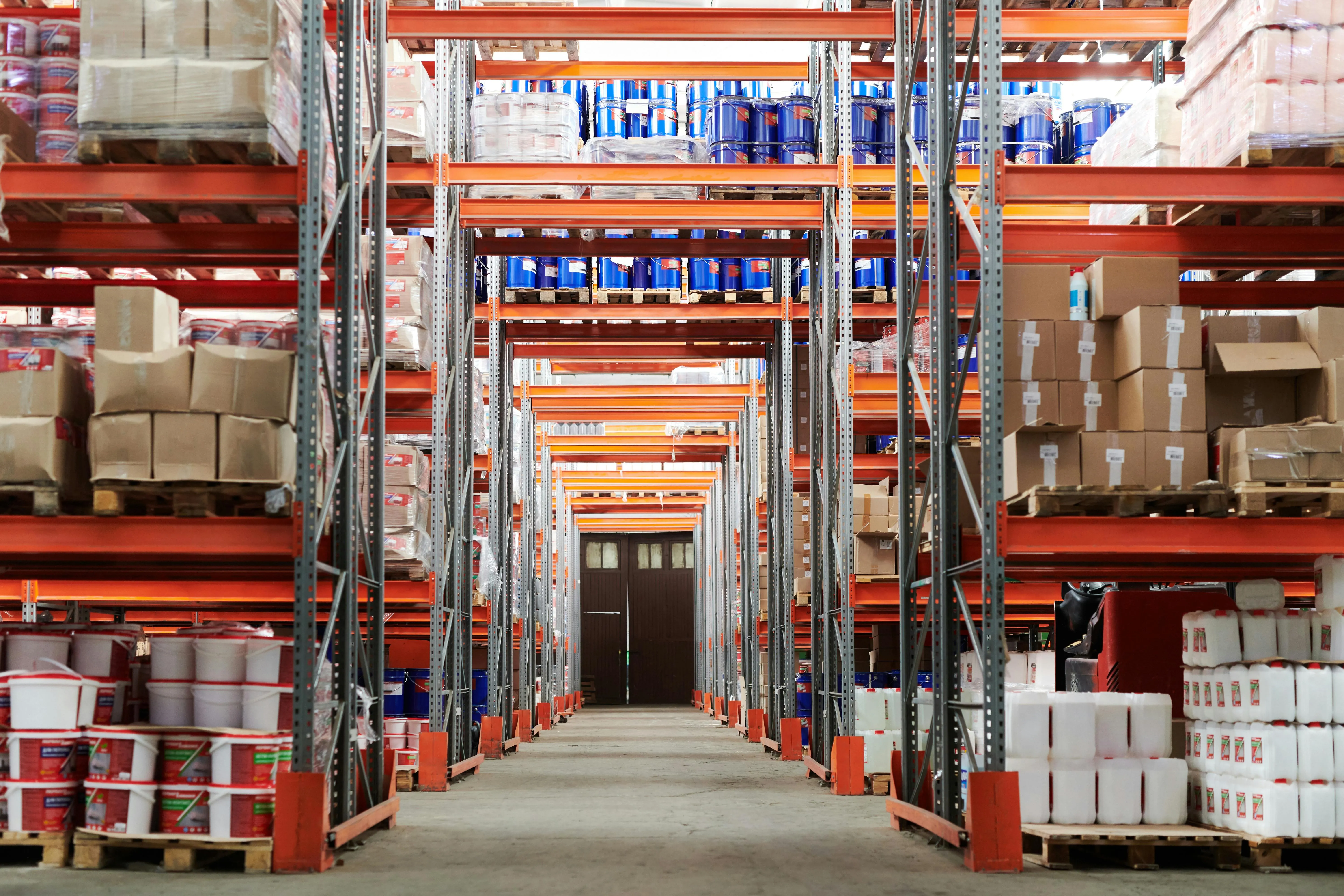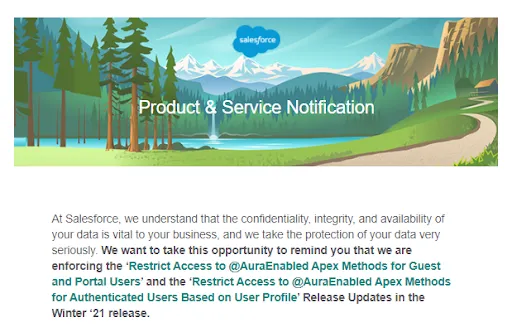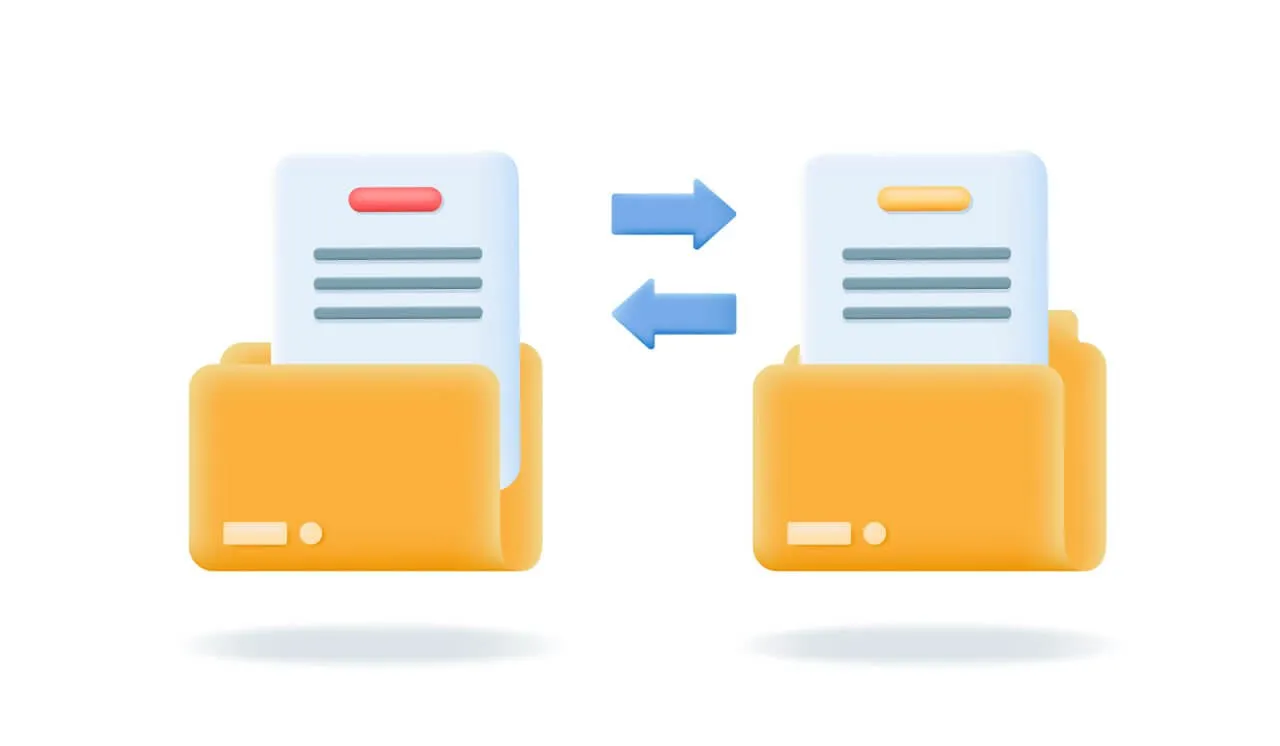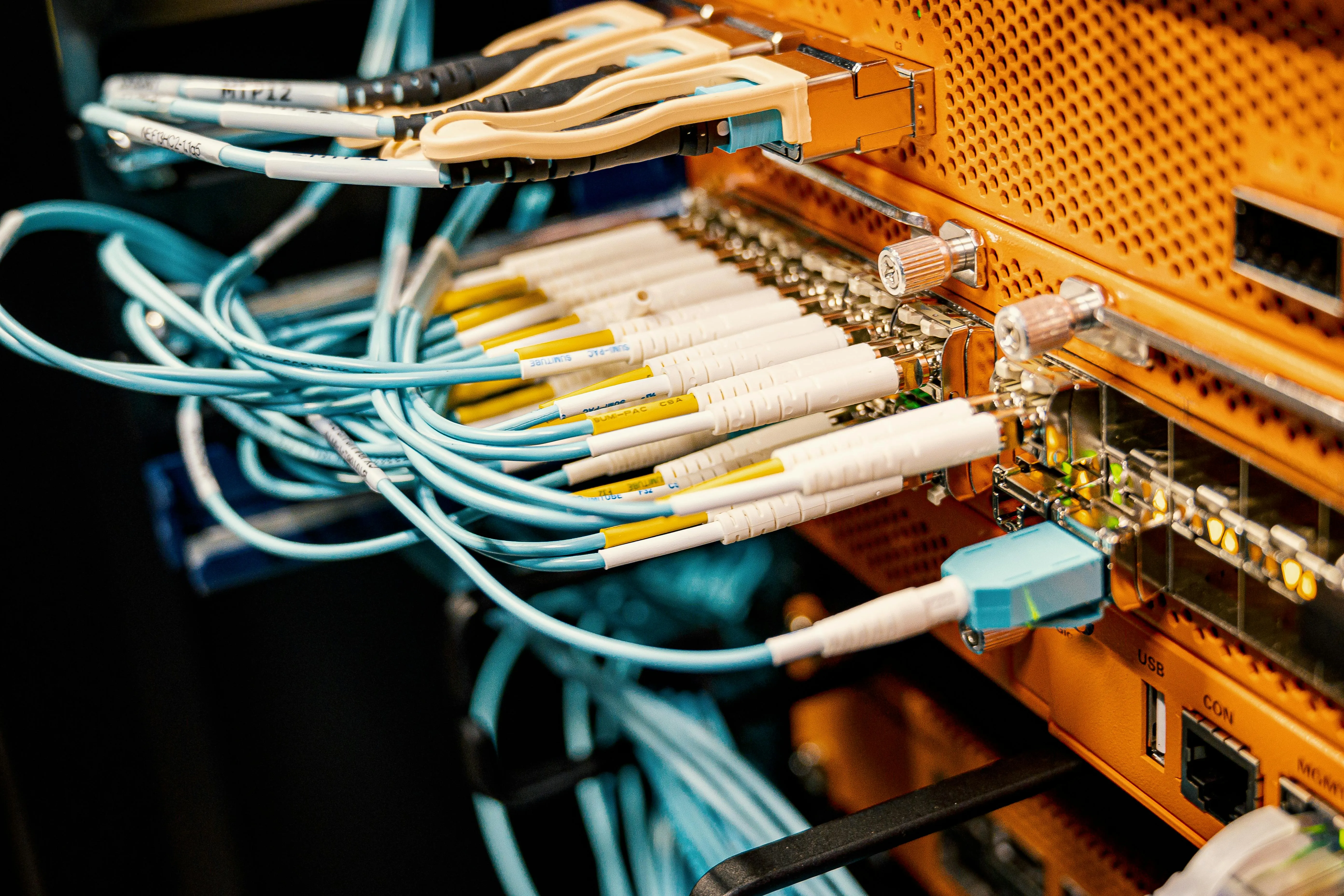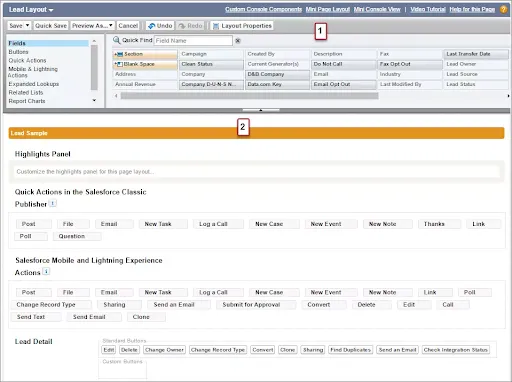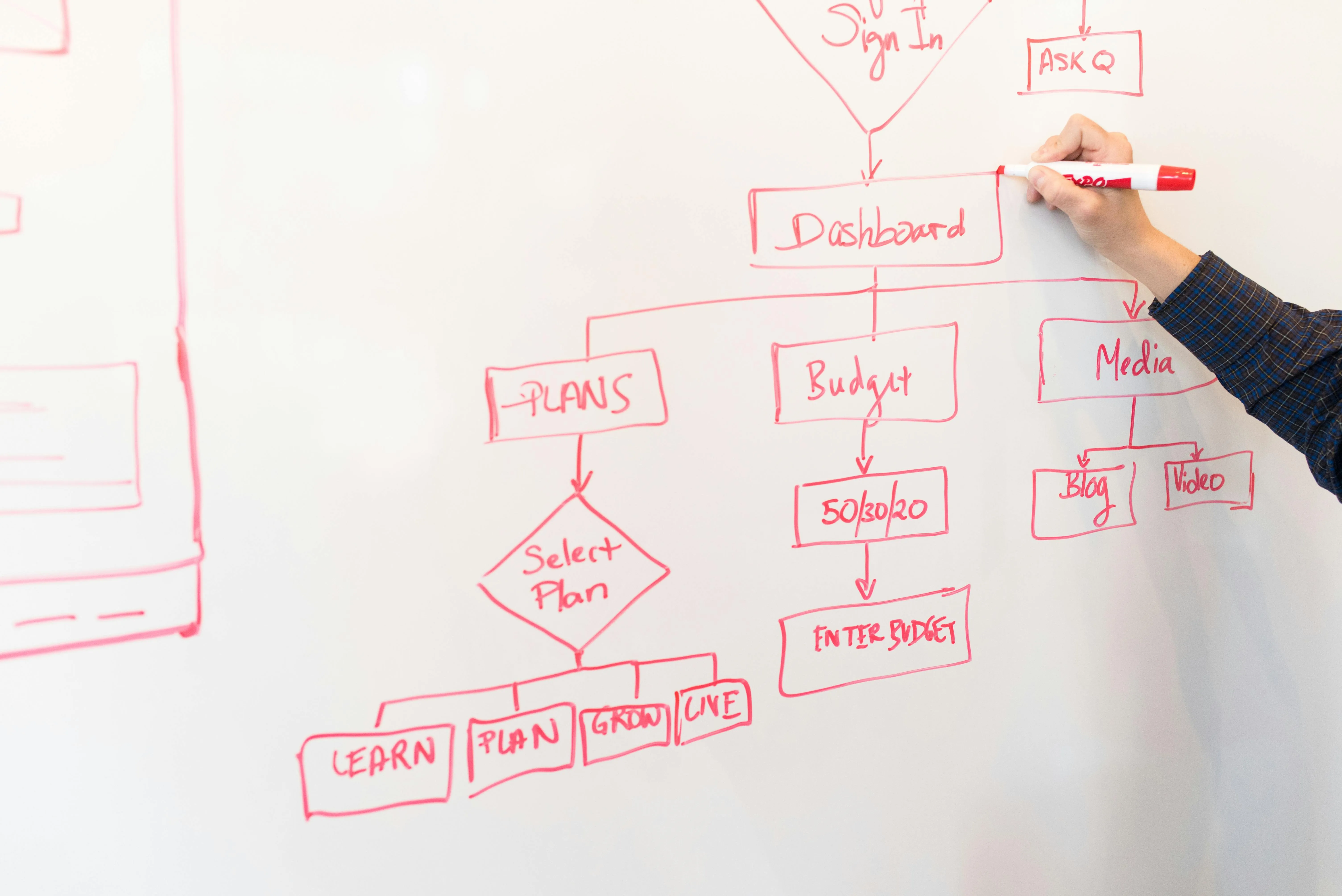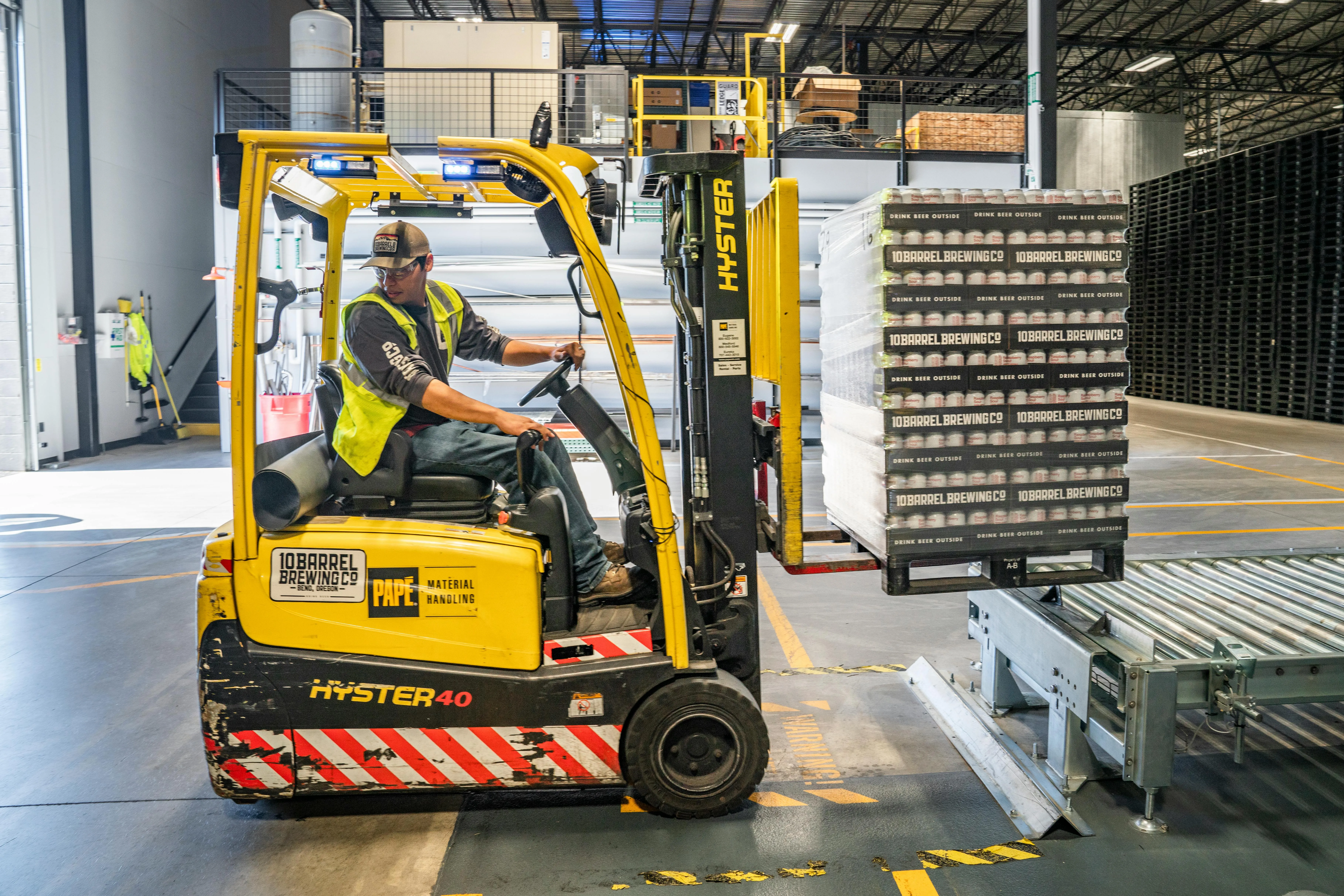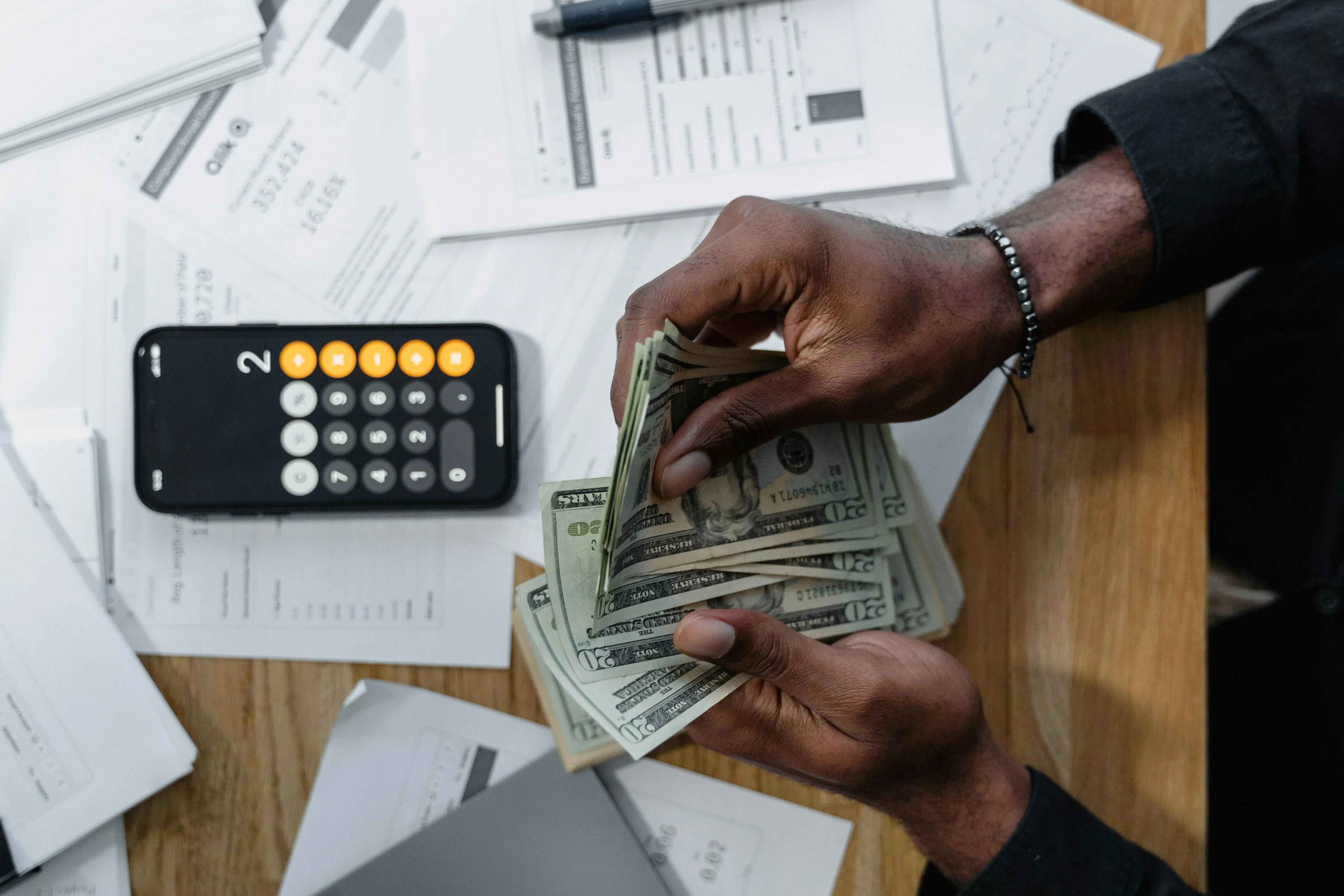Automate Checkout Workflows to Reduce Abandonment and Increase AOV
Automating checkout workflows reduces friction at the point of purchase, lowering abandonment and raising average order value (AOV) through intelligent defaults, pre-validated payments, and contextual offers. This article presents a practical 60–90 day implementation plan, a pilot case with measurable outcomes, and clear recommendations for merchants to capture faster revenue and improve margins.

Introduction
Checkout is where intent converts to cash; small points of friction here have outsized revenue impact. Automating checkout workflows — from address validation and payment pre-authorization to dynamic shipping and one-click upsells — shortens session paths, reduces errors, and increases completed purchases. A pragmatic approach focuses on the highest-impact improvements first (payment methods, form friction, and recovery flows), uses A/B testing for merchandising rules, and tracks outcome KPIs daily. Done well, automation delivers measurable conversion and AOV gains within one to two quarters without heavy engineering lift.
Case in point
A mid-size DTC retailer with $12M ARR and a mobile-heavy audience ran a 10-week checkout automation program. Week 1–2: baseline analytics and hypothesis mapping; Week 3–6: implement core automations and integrations; Week 7–8: A/B tests and iterative tuning; Week 9–10: pilot rollout and measurement.
Key actions included installing address validation and postal autocomplete (reducing shipping errors), enabling saved-payment methods with tokenized card vaulting, integrating a frictionless mobile wallet (Apple Pay/Google Pay), and adding contextual one-click upsells in the confirmation flow. They also implemented pre-authorization to validate card funds before showing final totals and configured dynamic shipping rules that displayed next-day options only when inventory allowed.
The pilot covered 40% of traffic and ran for four weeks. Results were measurable: checkout abandonment for the test cohort fell from 68% to 50% (a 26% relative reduction), conversion for mobile sessions increased from 1.8% to 2.6% (a 44% uplift), and AOV rose 11% due to targeted one-click bundle offers and recommended add-ons. Payment declines due to incorrect address data fell by 62% after autocomplete and format validation were added. Estimated incremental monthly revenue from the changes covered implementation costs within six weeks.
What to implement / Recommendations
- Implement address autocomplete and validation to reduce shipping errors and chargebacks
- Enable tokenized saved payments and mobile wallets to shorten time-to-pay on repeat customers.
- Pre-authorize payments during checkout to surface declined cards before order completion.
- Add contextual one-click upsells and bundles at the final confirmation step to increase AOV.
- Offer dynamic shipping options based on inventory and customer priority to avoid promises you cannot keep.
- Run a staged A/B test framework for any merchandising or discounting rule for at least two business cycles.
- Automate cart recovery sequences with SMS and email triggered 30 minutes, 24 hours, and 72 hours after abandonment.
- Instrument end-to-end analytics: abandonment by step, payment decline reasons, and revenue-per-session for accurate ROI.
For owners evaluating investments
Owners should prioritise automations that directly impact cash flow: payment and address reliability, saved payment methods, and cart recovery typically yield the fastest payback. Vendor-managed checkout capabilities and payment gateways speed time-to-value but add transaction and subscription costs; weigh those against expected reduction in declines and recovered revenue.
If the merchant has high mobile traffic, invest more in mobile wallet integration and UX simplification; if margins are thin, focus on reducing failed payments and return costs before introducing discounts. Require a 60–90 day ROI checkpoint tied to conversion uplift and AOV increases before scaling broader merchandising experiments.
Expected outcome
With disciplined scope and solid experimentation, merchants can expect conversion uplifts in the 20–50% range for checkout-originated sessions and AOV increases of 5–15% once upsells and bundling are optimized, depending on baseline performance. Payment-related errors and decline rates commonly drop by 30–60% after address validation and pre-authorisation are implemented.
Operationally, these automations reduce manual reconciliation and customer service tickets related to orders and payments, freeing 0.25–1.0 FTEs depending on size. Typical payback for focused checkout automation is 1–3 months for merchants with meaningful traffic; larger catalog or international merchants should include localized payments and shipping rules and still expect measurable gains within one quarter.
Enjoyed the article? Follow our LinkedIn newsletter for more insights — subscribe here.








